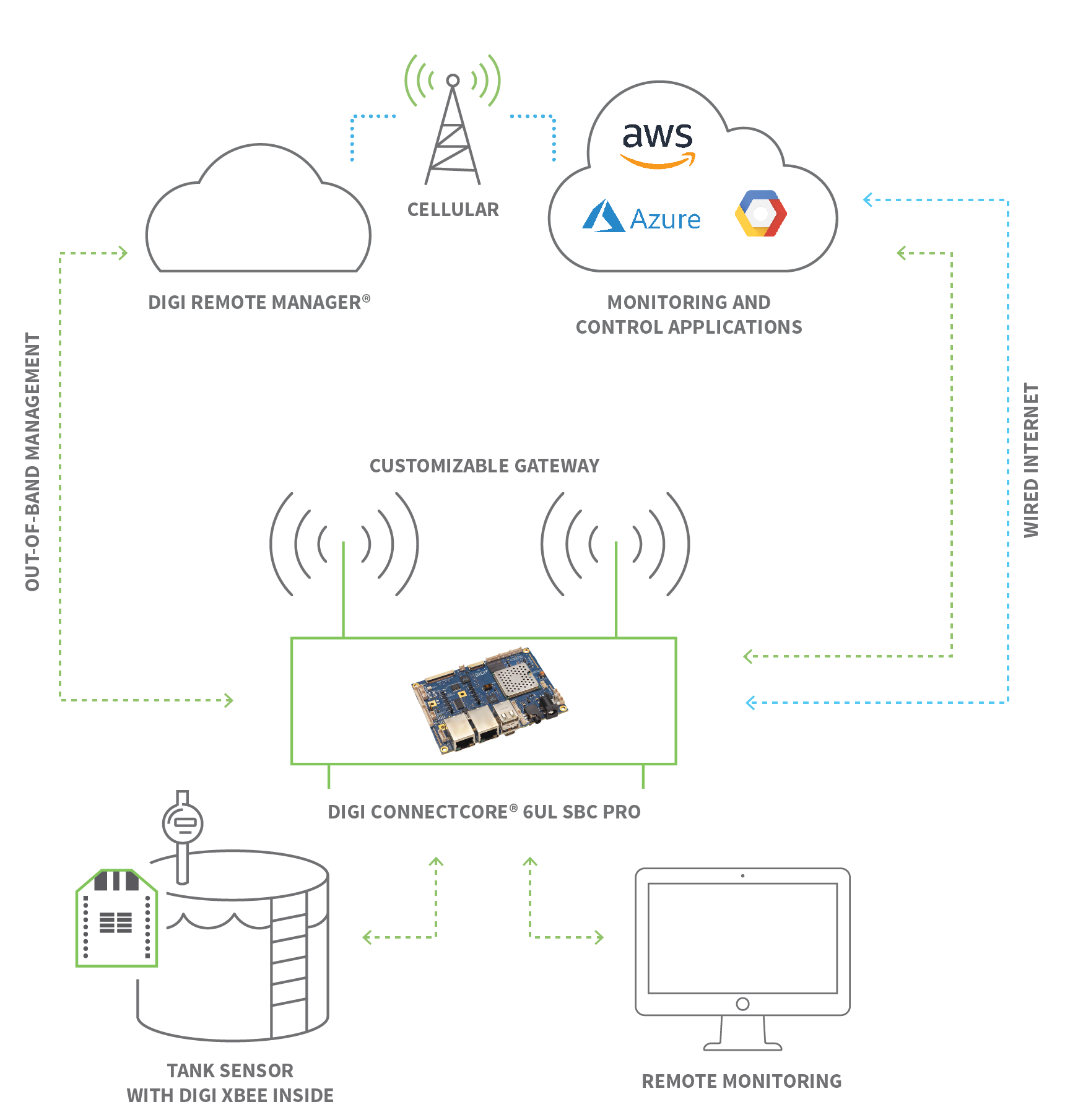In an age defined by constant connectivity, have you ever wondered how the physical world is being transformed by the invisible hand of technology? The Internet of Things (IoT) is not just a buzzword; it's a fundamental shift in how we interact with our environment, and at its heart lies remote managementthe ability to control and monitor devices from afar, optimizing performance and efficiency in ways previously unimaginable.
The essence of IoT lies in the network of interconnected devices, from the mundane to the sophisticated, all generating and transmitting data. This data becomes the lifeblood of informed decision-making. Consider the array of sensors deployed across various domains, gathering critical information. These sensors, strategically positioned, serve as the eyes and ears of the system, measuring an extensive range of conditions, from the subtle vibrations of industrial machinery to the ambient temperature within a building, even the moisture content in agricultural fields. This raw information, once collected, is analyzed, providing valuable insights that drive actions. This is where remote management capabilities come to the fore, enabling proactive intervention and optimization.
The presence of physical methods for controlling an IoT device is rooted in the architecture crafted by the developers. How a device is designed will define the level of physical methods for control. Remote control methods, on the other hand, are defined at the IoT platform level. This means that the user experiencehow seamlessly a user can control and manage the deviceis determined by the capabilities of the chosen platform. The right platform can unlock complete and user-friendly interactions, while a less-optimized platform can lead to a frustrating experience.
Let's delve into practical examples. Consider the challenges faced by municipal waste management systems. The need for efficiency, cost-effectiveness, and sustainability are paramount. Digis IoT-driven smart city solutions, as employed by Metro Compactor Service Inc., offers a transformative approach. Using their iSmart IoT system, they assist municipal customers in proactive management and extend the lifespan of their waste equipment infrastructure. The benefits are manifold: improved operational efficiency, optimized resource allocation, and the creation of a more sustainable urban environment. This proactive approach is a prime example of the power of remote management, enabling predictive maintenance, reducing downtime, and minimizing the environmental footprint.
IoT device management, an umbrella term, encompasses the tools and processes that are used to support connected objects. It provides the capabilities required to provision, govern, scale, and retire a network of IoT devices. It's about overseeing the entire lifecycle, from initial deployment to end-of-life, with the focus on security, reliability, and the maximization of value. A robust device management system allows for all distributed products to be monitored and controlled from one centralized interface. This provides an overview, allows for product optimization, enables the creation of maintenance rules and custom alerts.
Enterprise IoT devices are designed to be deployed in a business setting, geared towards enhancing operational efficiency and boost productivity. Consider the security applications of smart cameras, smart locks for access control, smart thermostats for energy management, and smart lighting for optimized illumination and energy savings. These devices provide real-time insights, automation capabilities, and enable better control over various business functions. They contribute directly to a company's bottom line, reducing costs and improving employee productivity.
Industrial IoT (IIoT) devices are purpose-built for use in the harsh environments of industrial settings. These devices provide the capability to monitor, analyze, and optimize industrial processes. The data they generate is not just observed but used for predictive maintenance, real-time process optimization, and the reduction of downtime. IIoT devices send data to admins or other designated stakeholders, providing them with the actionable information needed to drive efficiencies and make informed decisions.
The selection of remote IoT management software solutions needs careful consideration. Choosing the right software solution is crucial for achieving the full potential of an IoT deployment. Numerous reputable remote IoT management software solutions are available in the market, each offering unique features and functionalities that cater to different requirements.
Let's explore some prominent examples:
Here's a table outlining the key features and functionalities of some notable remote IoT management software solutions, for easy comparison. (Please note that the inclusion of specific products does not constitute an endorsement, it's for informative purposes.)
| Software Solution | Key Features | Primary Focus | Typical Users |
|---|---|---|---|
| AWS IoT Device Management | Secure device onboarding, over-the-air (OTA) updates, device monitoring, device fleet management. | Scalable device management for various applications. | Enterprises with large-scale IoT deployments. |
| Azure IoT Hub | Device provisioning, two-way communication, device identity and security, device monitoring. | Connecting and managing IoT devices in the cloud. | Businesses using Microsoft Azure. |
| ThingsBoard | Data collection, processing, visualization, device management, rule chains, remote configuration. | Open-source IoT platform for various IoT applications. | Developers and organizations with custom IoT needs. |
| Kaa IoT Platform | Device provisioning, data collection and processing, device management, remote control, device security. | Open-source, highly flexible platform for complex IoT projects. | Enterprises requiring a high degree of customization. |
| Cumulocity IoT | Device management, data management, application enablement, and business process integration. | End-to-end IoT solutions for various industry verticals. | Businesses seeking pre-integrated IoT solutions. |


